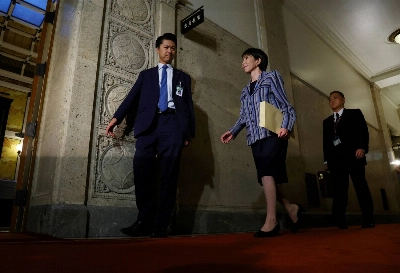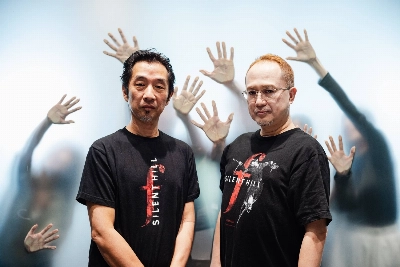For a real change of perspective, head over to the Japan Aerospace Exploration Agency (JAXA) website to see videos and photographs from the Hayabusa2 mission. The pictures are courtesy of two tiny robot rovers, Minerva-II1A and Minerva-II1B, that landed late last month on the asteroid Ryugu. In addition to being an astonishing technological feat, this mission should provide invaluable information about the origins of our solar system. The project and those results are an important reminder of the importance of space exploration and the ability of all countries to contribute to such endeavors.
Ryugu is a 920-meter-wide asteroid in orbit around sun between Earth and Mars, about 300 million kilometers from Earth. The Hayabusa2 mission was launched Dec. 3, 2014, and rendezvoused with Ryugu on June 27 this year. That was an extraordinary accomplishment. The craft is now moving with the asteroid at a speed of about 22 to 32 km per second (relative to the sun) as it continues its mission.
On Sept. 21, the mothership maneuvered itself to just 55 meters from Ryugu, where it dispatched the two rovers; it then returned to its usual position 20 km from the asteroid's surface. Maneuvering a spacecraft with objects moving at speed from such a distance takes extraordinary calculations and a steady hand. Only twice before have spacecraft accomplished a soft landing on an asteroid: NASA's Near Earth Asteroid Rendezvous-Shoemaker spacecraft landed on Eros in 2001, and the original Hayabusa mission put a probe on Itokawa in 2005. Minerva-II1A and Minerva-II1B — the name stands for "Micro Nano Experimental Robot Vehicle for Asteroid — are tiny: (18 by 7 centimeters) yet they are loaded with scientific sensors and seven cameras apiece.


















With your current subscription plan you can comment on stories. However, before writing your first comment, please create a display name in the Profile section of your subscriber account page.